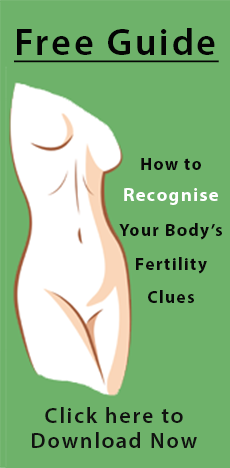Previous page
Shame and guilt have long been associated with the female body, tracing back largely to interpretations of the Christian bible.
Christian theology placed a basic distinction between the mind and body. The mind was in biblical times seen as the highest form of self. Through rightness of mind (controlling the body to act correctly as instructed by the codes of conduct outlined in the bible) entry to heaven could be gained by the mind or soul upon death when it becomes separated from the body. The body, however, could be beckoned into physical temptations during the waking life that would prevent the mind from reaching a higher state of consciousness (Cranny-Francis 1995, p.4-7).
The bible tells us that the first human woman was born out of the rib of the first human man, as a physical companion for lonely man. Therefore the mind was associated with male and the body with female. With the knowledge interpreted from the bible that women’s existence was predominantly for procreation the knowledge that women were the physical incarnation of lust was culturally constructed by the dominant men who wrote texts and formulated theories and social codes (Cranny-Francis 1995, p.4-7). Their feelings of lust toward women were displaced onto the female body itself through men’s refusal to acknowledge their own guilt and shame (lust being a fundamentally ‘wrong’ concept in Christianity). Womanhood became regarded as a dark ‘otherness’ to the ‘normality’ of being male.
Women in early Christianity were not empowered to determine dominant knowledges of their bodies in society, nor did they have access to an education that might lead them to think about how the present knowledge could be corrected. Men dominated social, political and domestic life and consequently all documented forms of knowledge production.
These perceptions of the female body were and often still are, widely heralded in western countries where Christianity spread becoming (and in most cases remaining) the predominant religion such as England, U.S.A, Canada, Australia and many European countries.
By Nikki Sullings
Continued Next Page – Victorian Men, Women and Menstruation

